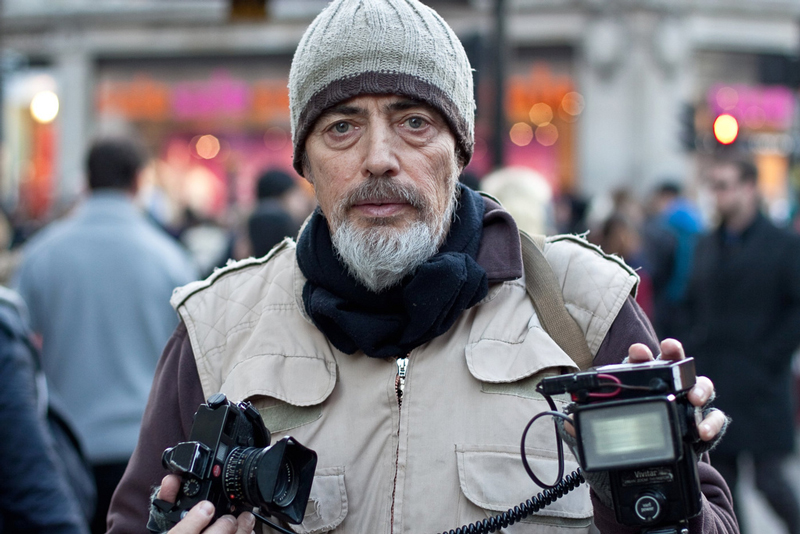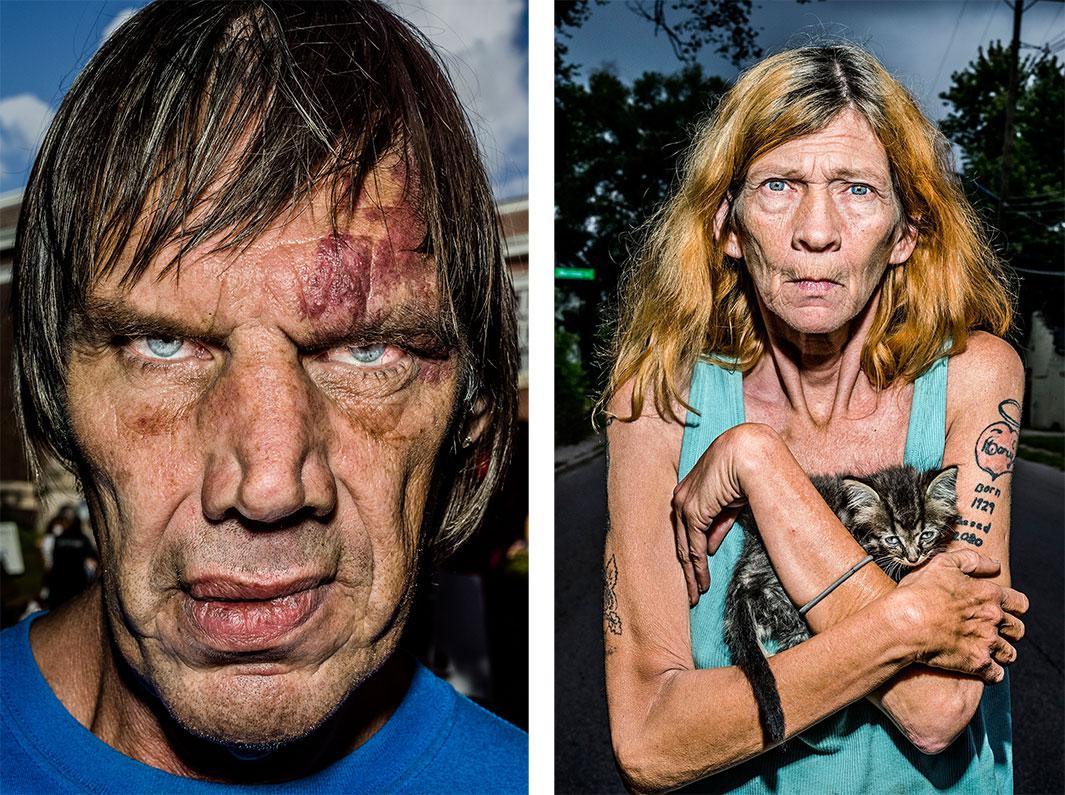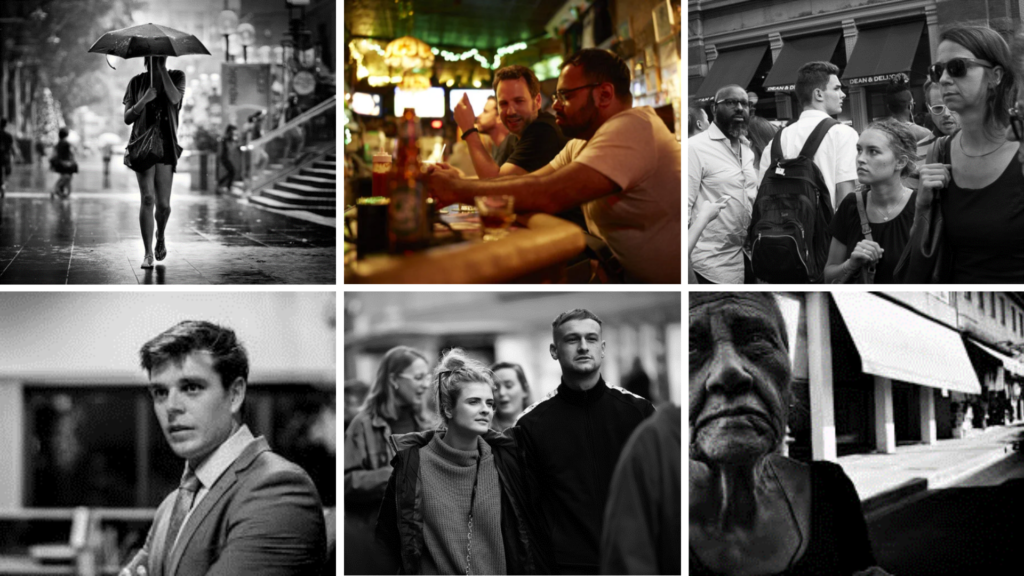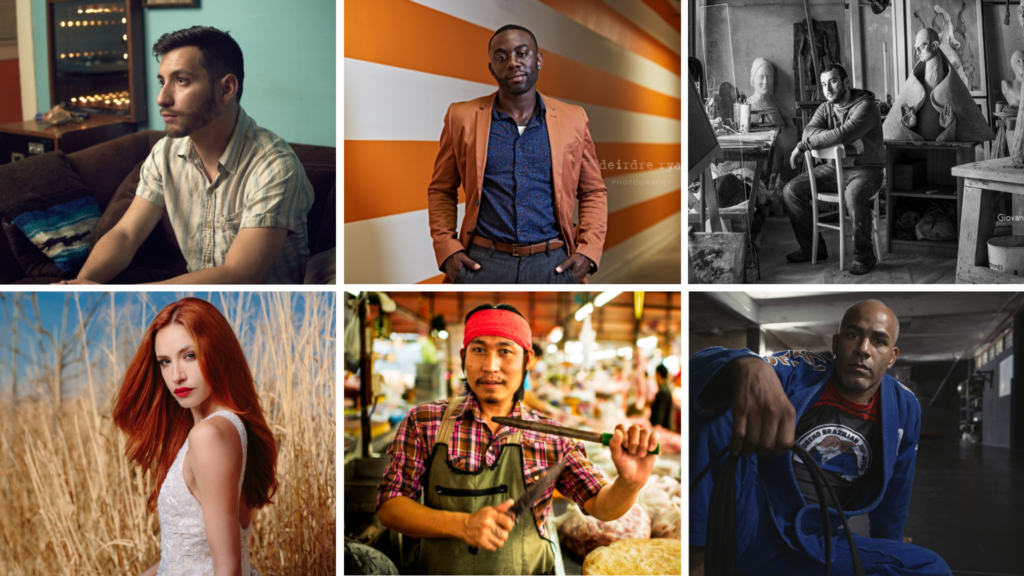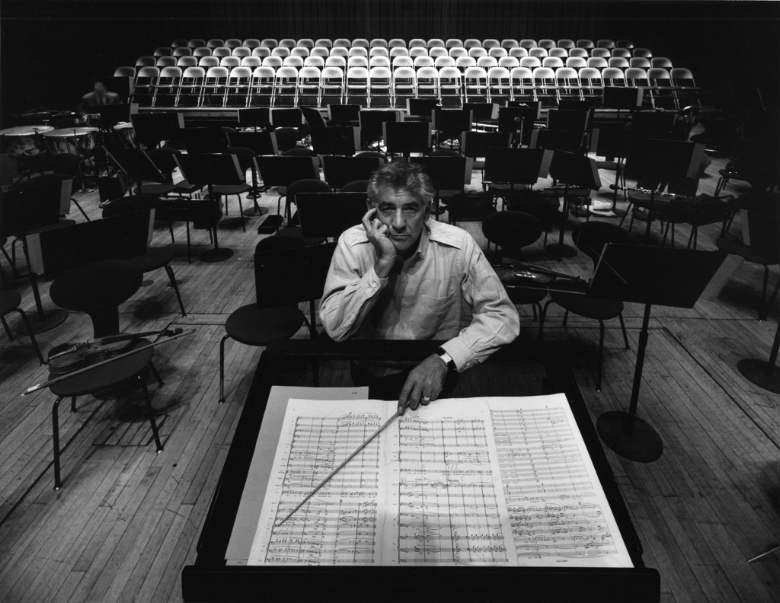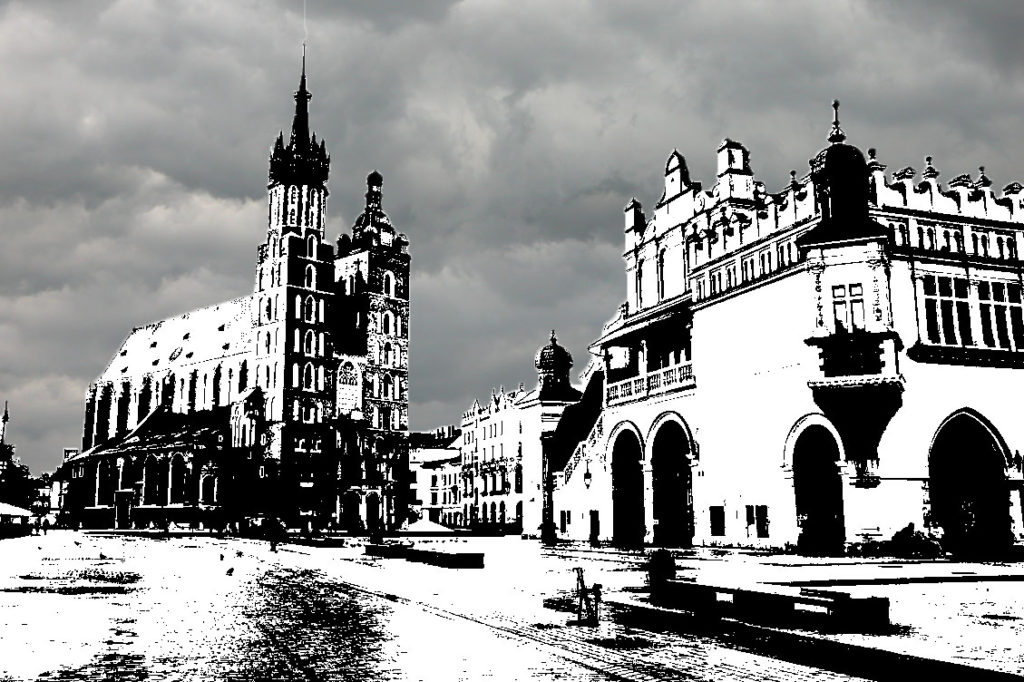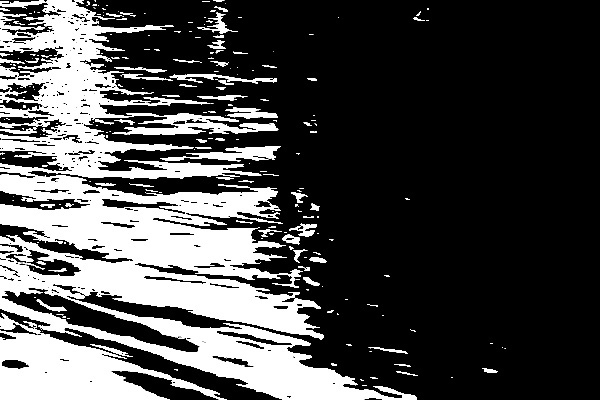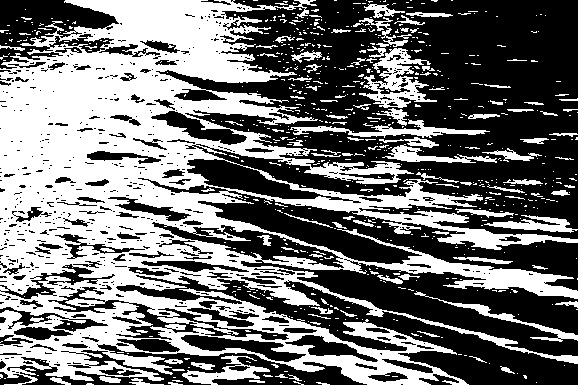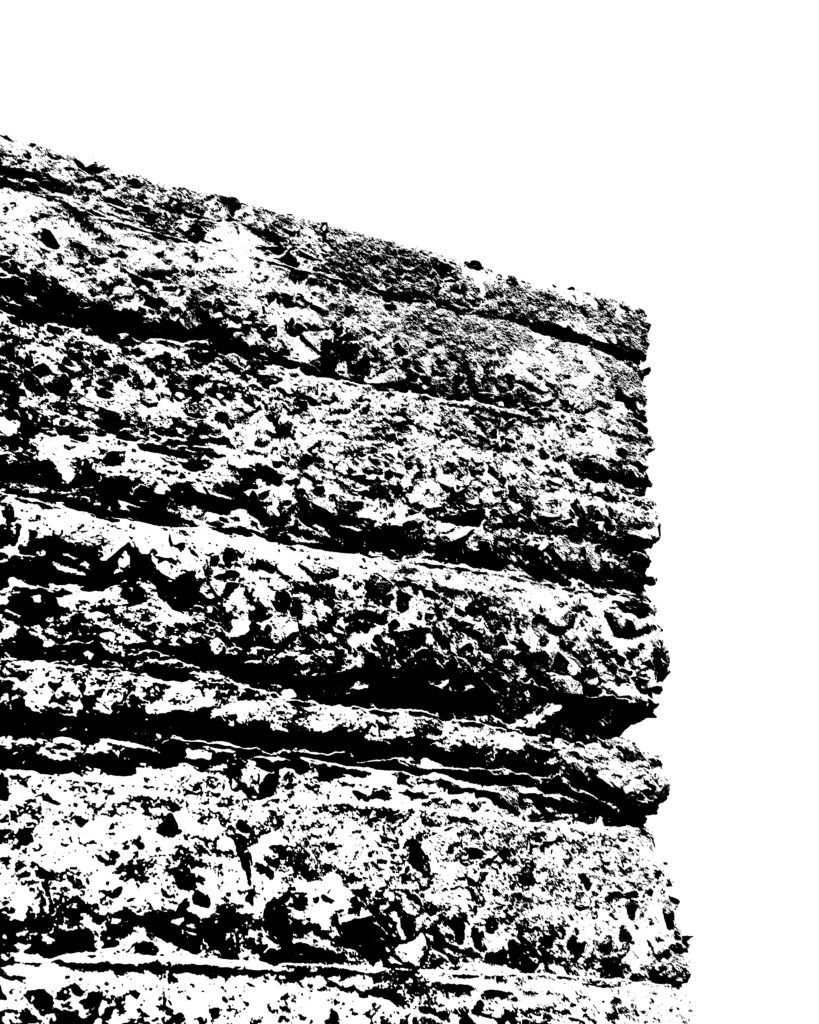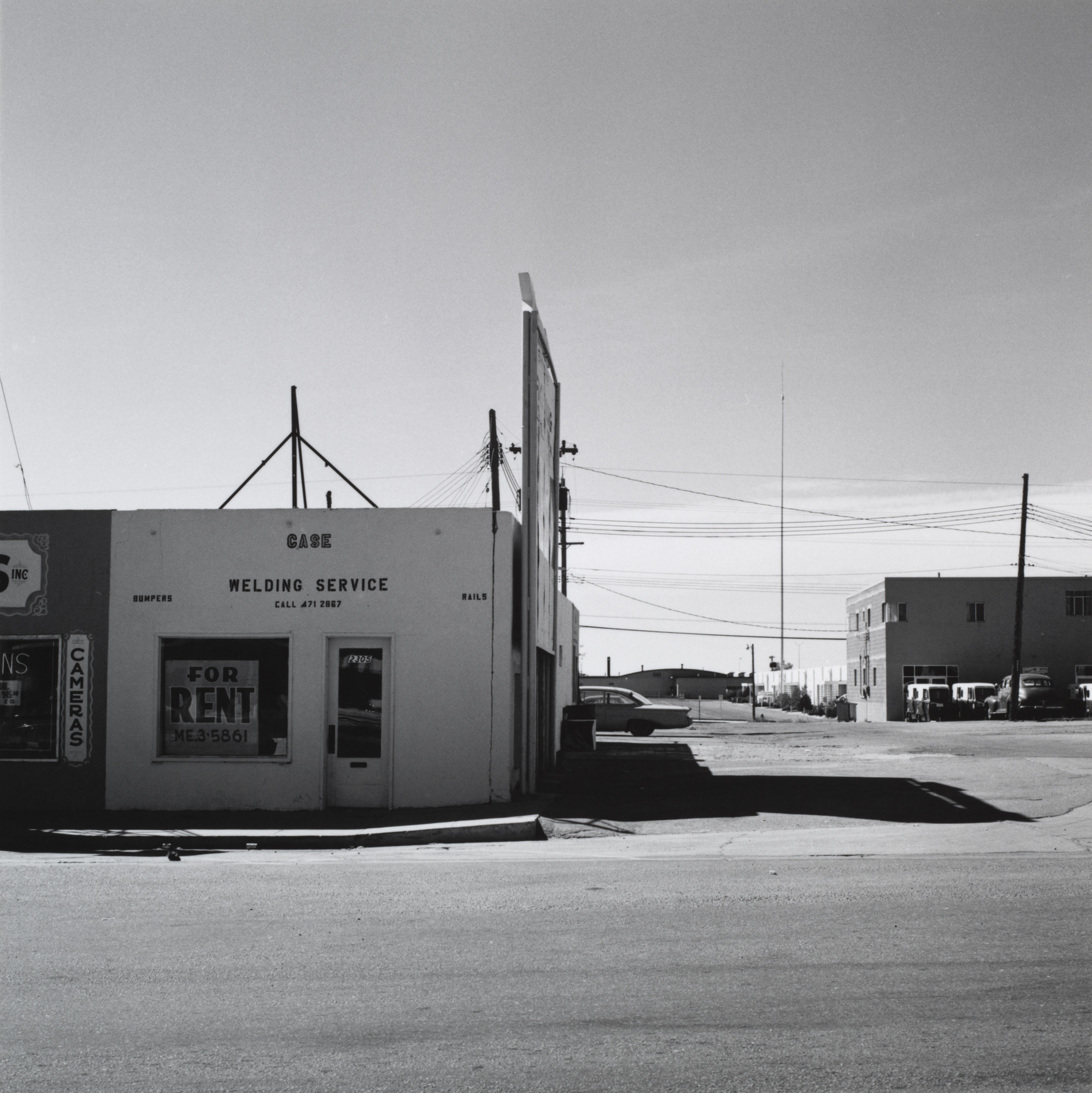Studios are used in Portrait photography to capture effects and take pictures of people that photographers wouldn’t be able to capture in an uncontrolled environment, single point lighting and the Chiaroscuro effect for instance wouldn’t necessarily be an option for photographers outside the studio. Studio portraits are often quite powerful and often use shadows, props, colours and lights in ways that make the images stand out or have meaning. There are many different types/effects used in Studio Portraits that can make the subject appear differently as well as there being many different ways to shoot studio photography, with techniques such as single point/multiple point lighting, full body shot, upper body, lower body and headshots, warm or cold lighting, using props, sets or outfits, lighting effects such as Chiaroscuro, lighting patterns or light colour gels.
ONE POINT LIGHTING (FORMAL)
Here is a contact sheet for my Chiaroscuro effect, where I positioned the soft box to one side, emitting light at an angle to the subject of the photograph to create intense shadows that bring out a sharp and distinct contrast.
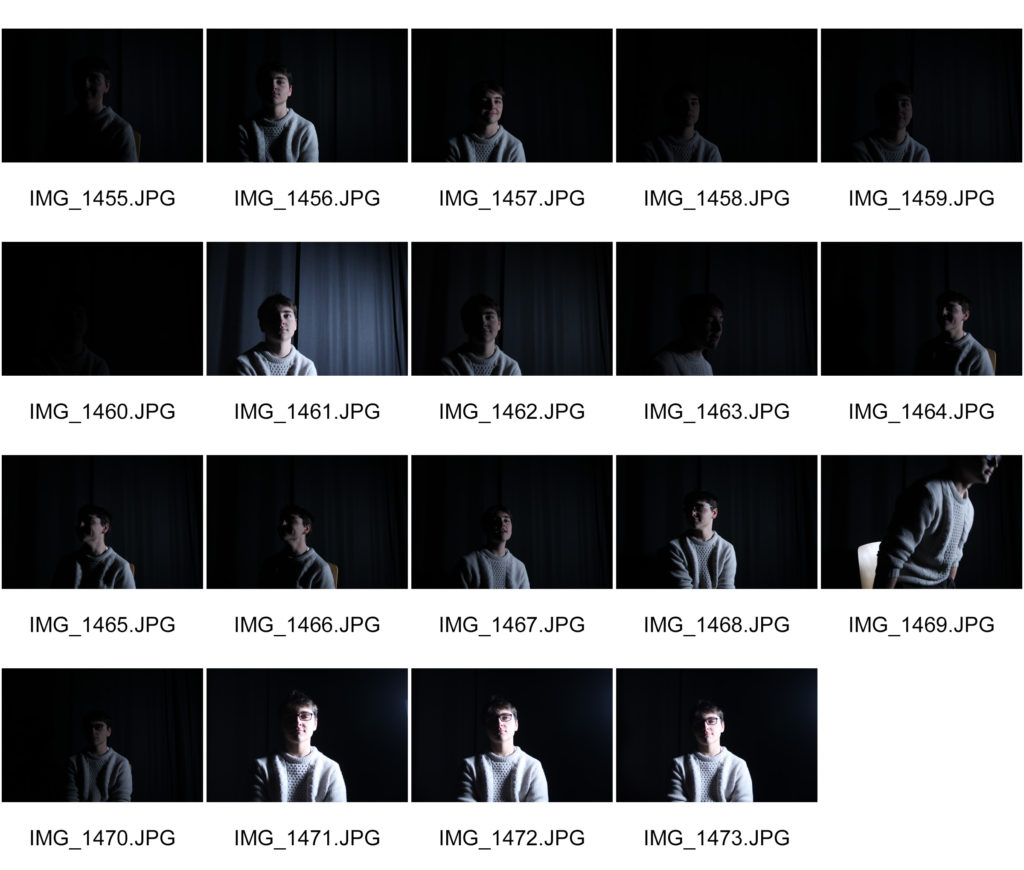
Chiaroscuro is Italian for “lightdark” which refers to it meaning of bold contrast between light and dark, here they usually effect the whole composition within the image. Chiaroscuro first started out in 15th century paintings in Italy and Holland; however what people perceive as “true Chiaroscuro” started in the 16th century in Mannerism and in Baroque art.
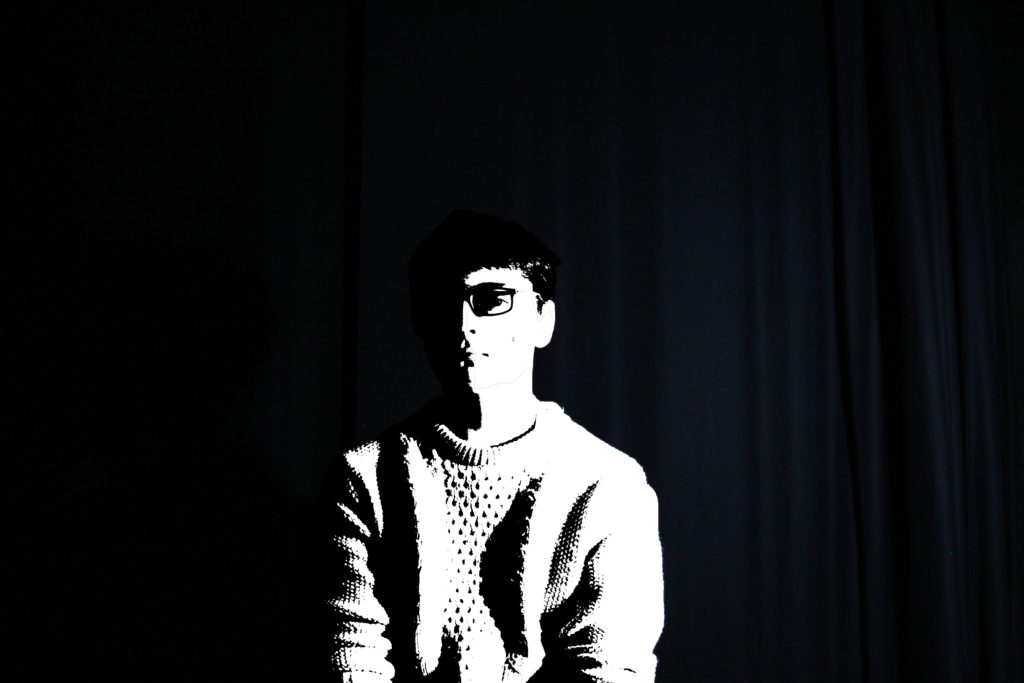
TWO POINT LIGHTING (FORMAL)
Here are my two point lighting contact sheets, where flash-heads were used by positioning them 180 degrees from each other on opposing sides of the subject in order to fulfill a completely shadow-less image .
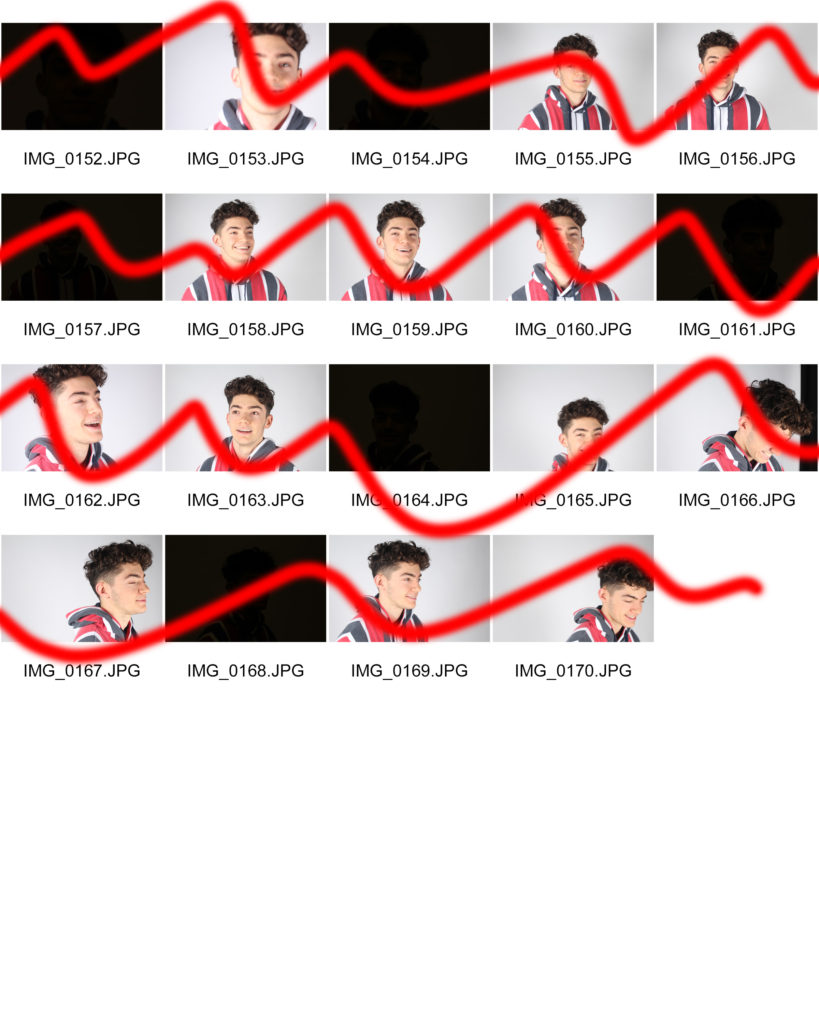
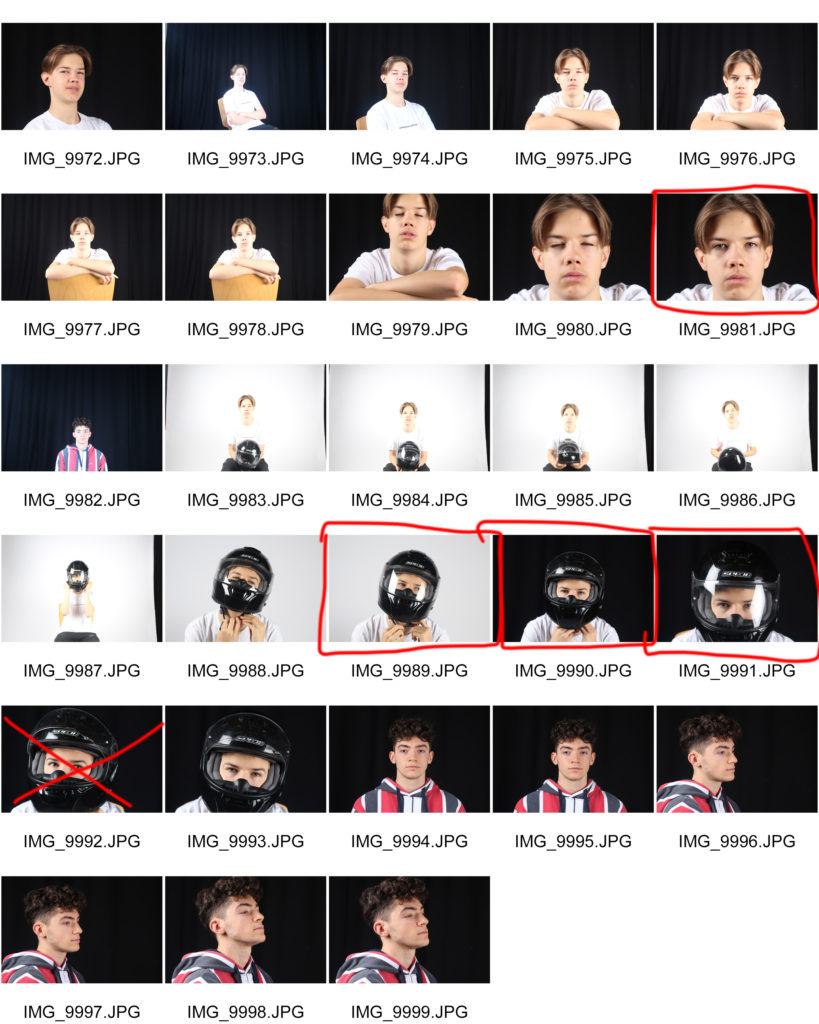
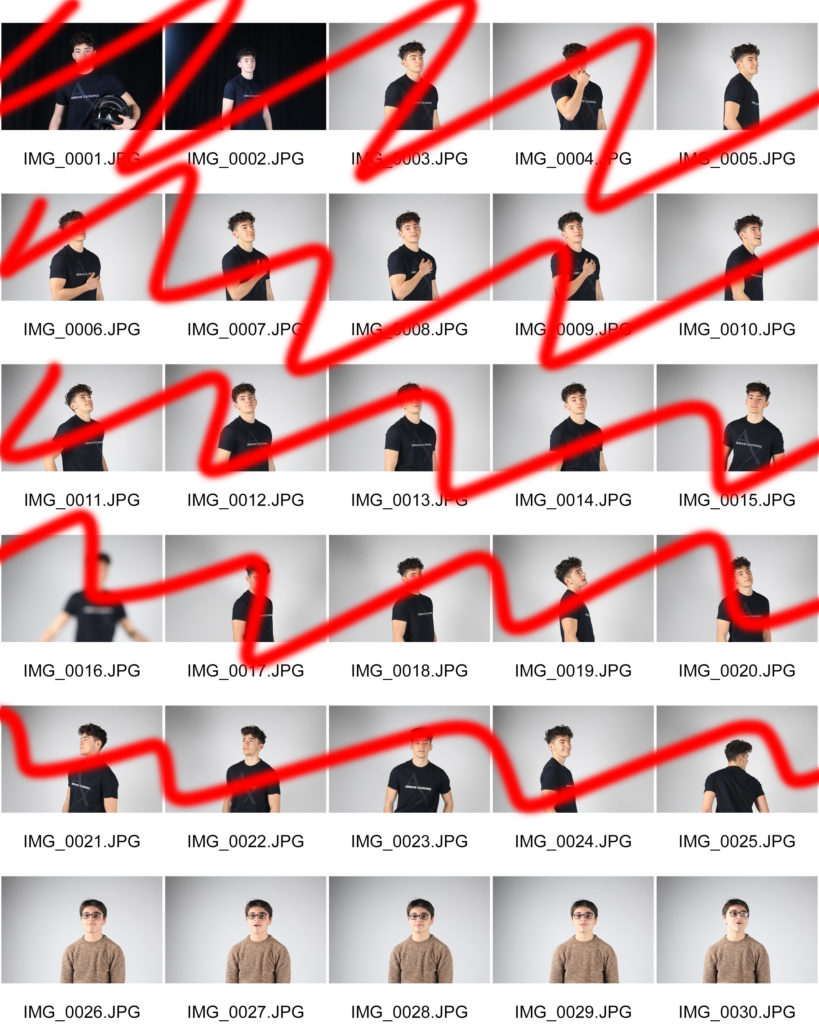
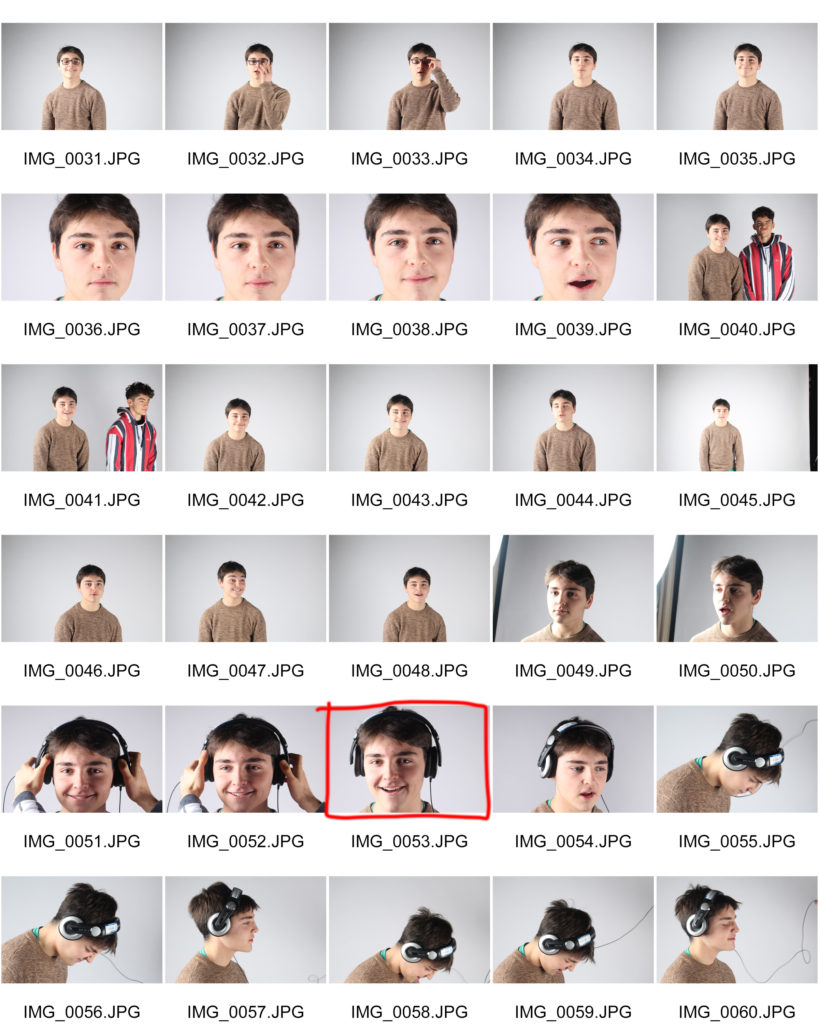
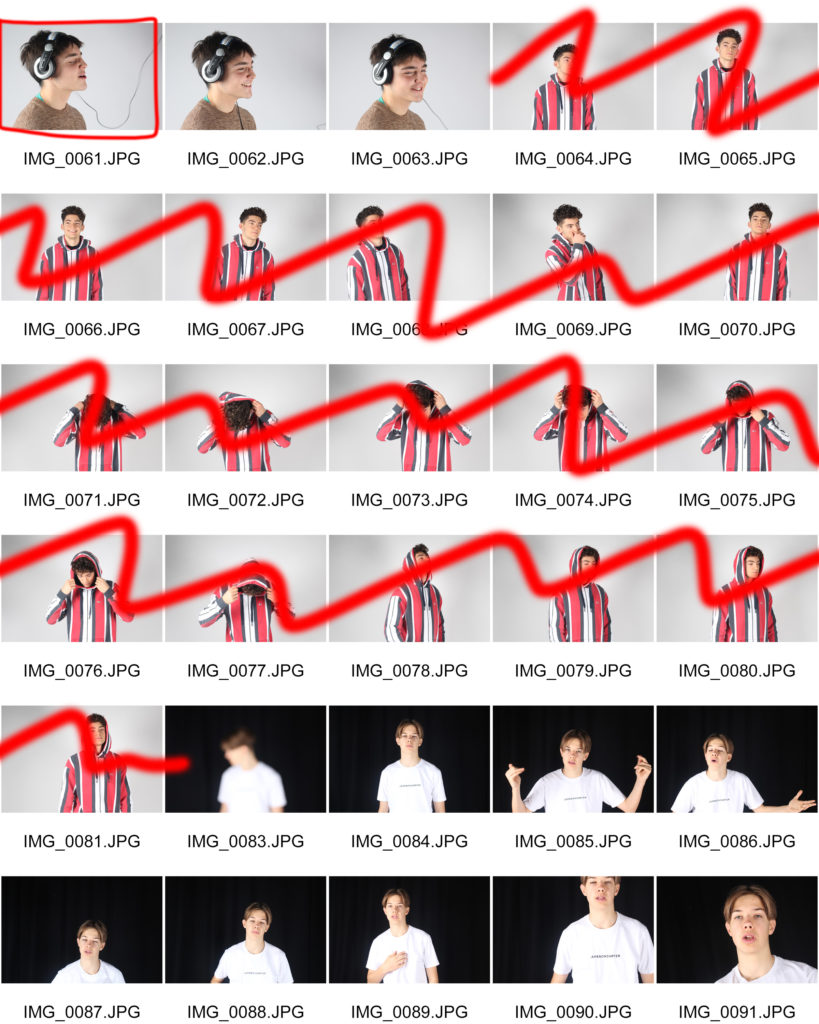
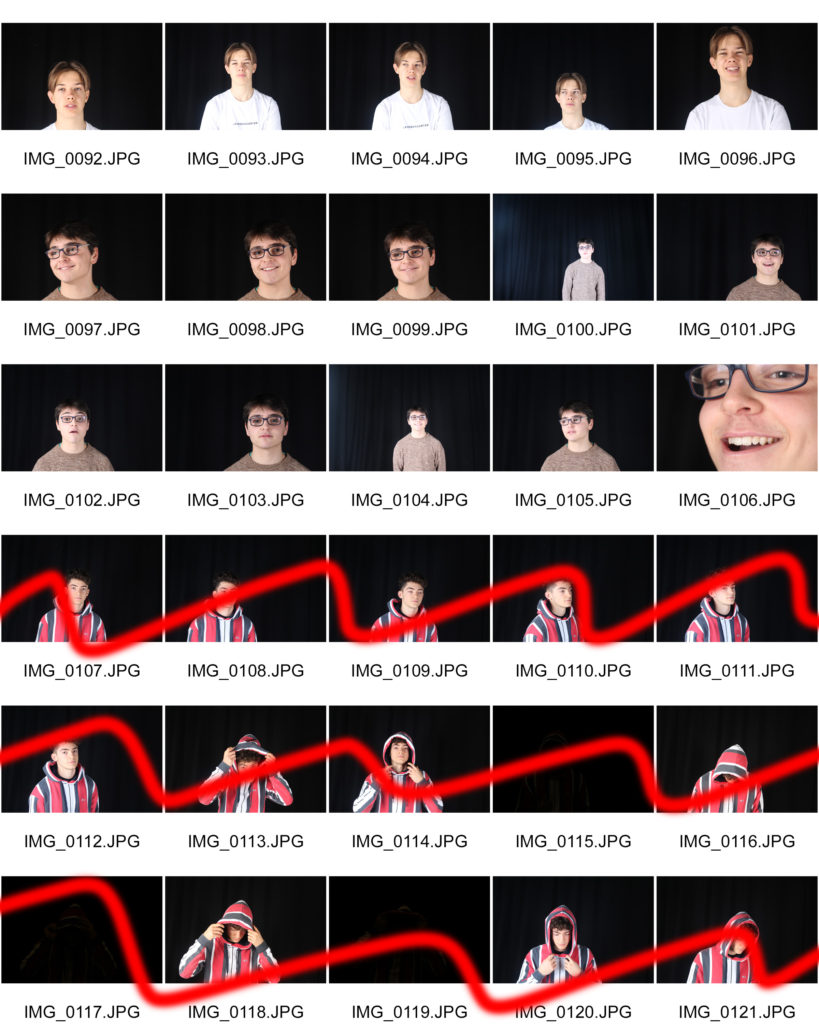
ENVIRONMENTAL PHOTOGRAPHY (FORMAL)
Environmental photography refers to photographs of the natural environment for artistic, research, or monitoring purposes. So in order to achieve this, I captured photos of subjects in a working environment best suited to their interests in order to complete a realistic set of images.
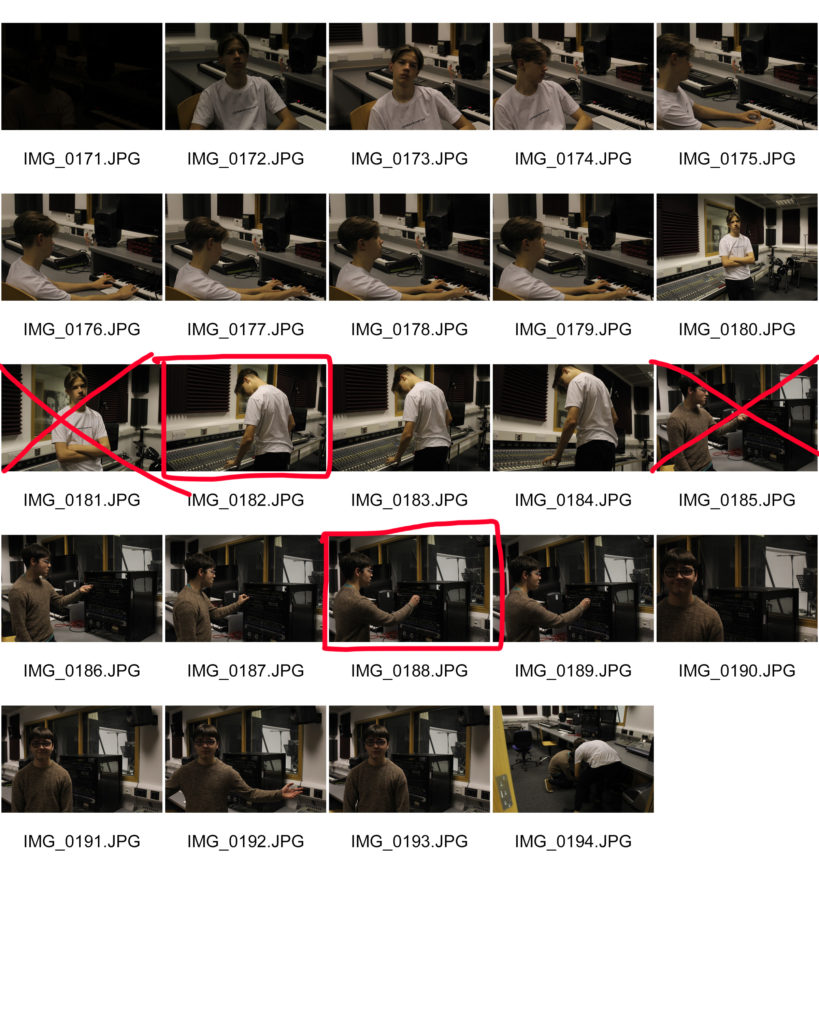
EDITS
These are a few of my final edited photos of two-point lighting. The photo is staged and formal, two lights were and a white background was used as it was simple and light would reflect off of the white meaning that there would have been a lot of light and exposure in the photograph.
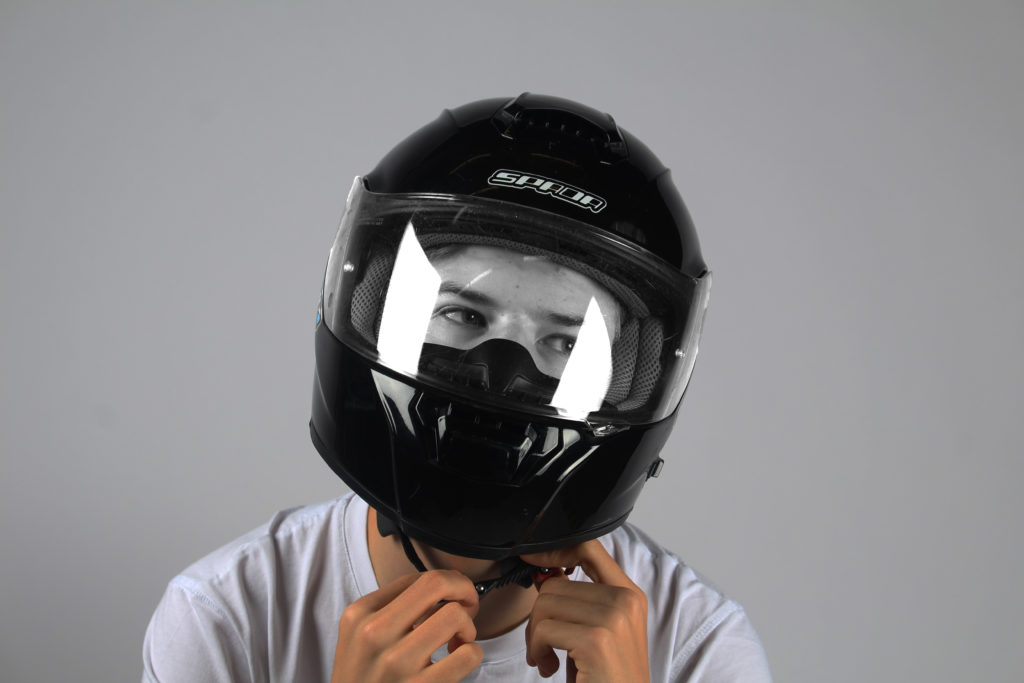

For the first edit I lowered brightness and slightly increased contrast so there would be less exposure in the image which will help bring out the skin tones. I additionally made the subjects face in the hemlmet’s visor grey so it further contrasted with the rest of the image bringing out the lighter tones of his skin and t shirt to stand out more. For the second edit I decided to use the same editing process on Photoshop and made the image darker by decreasing exposure and decreased the brightness. I then increased contrast so the jumper could stand out better as well as changing the colour of it to grey from its original colour of beige which I didn’t think looked as good and blended in too much with the subjects natural skin tone which allowed contrast with the tones and colour of the face and allows it to stand out.



